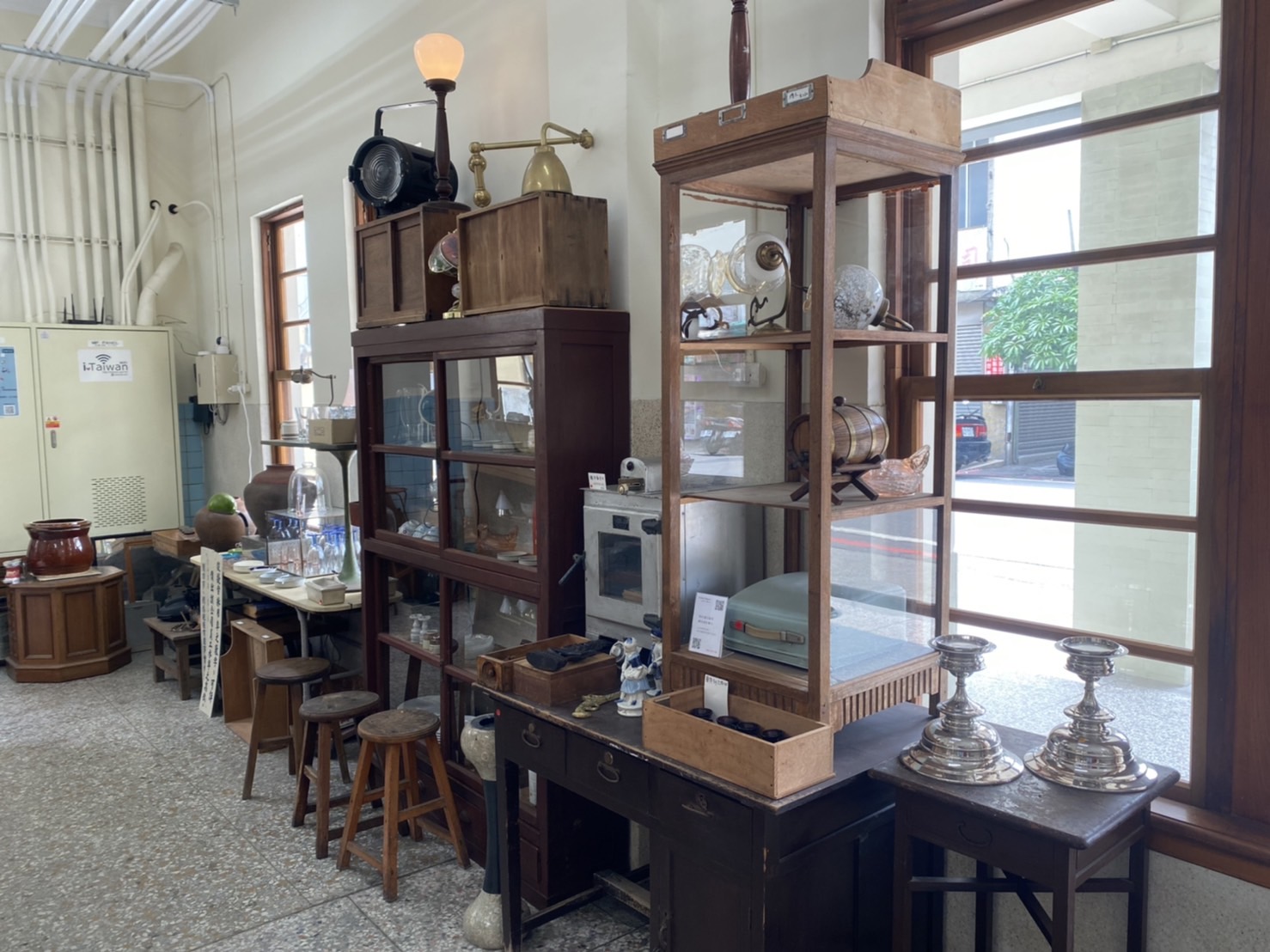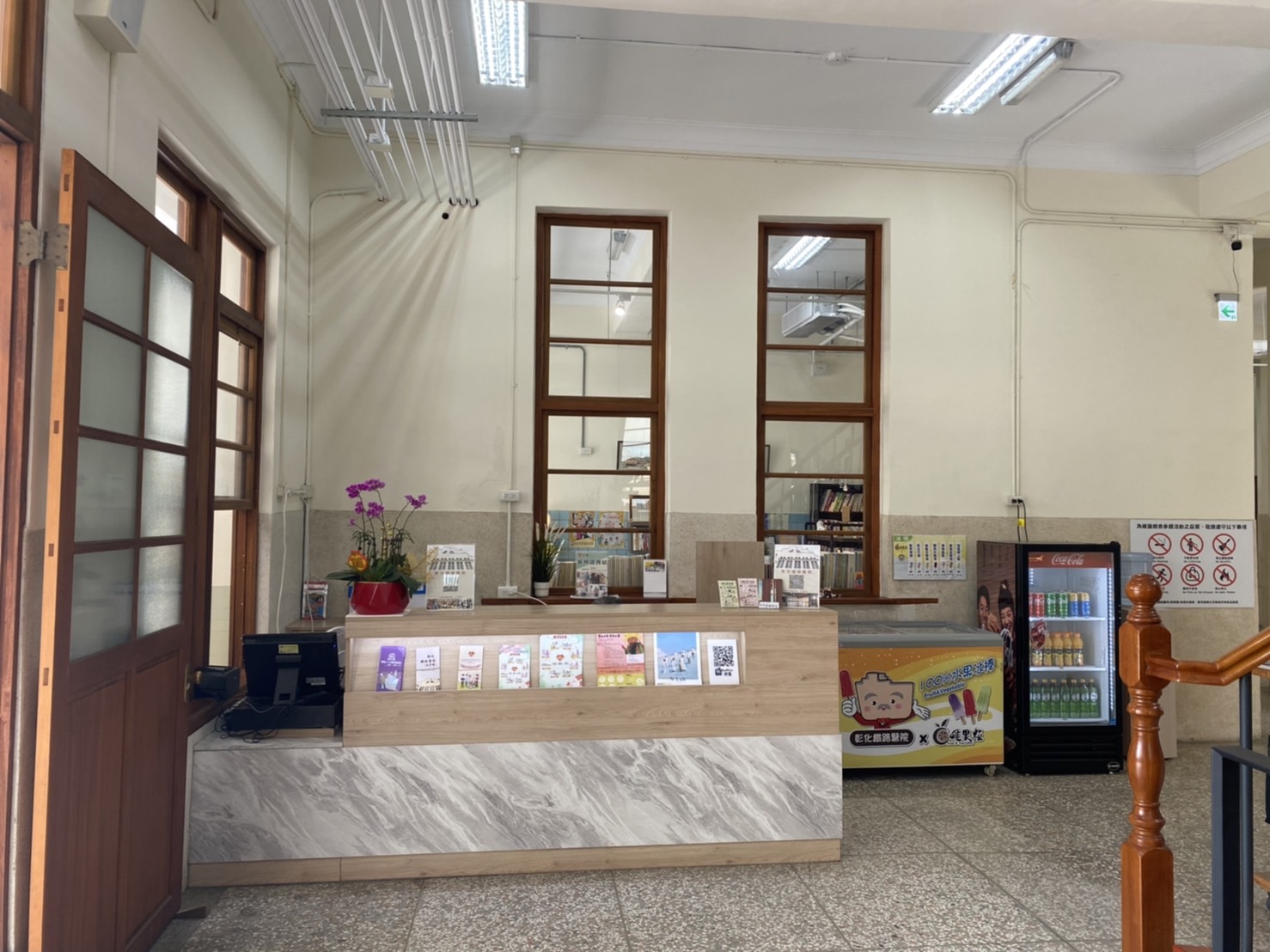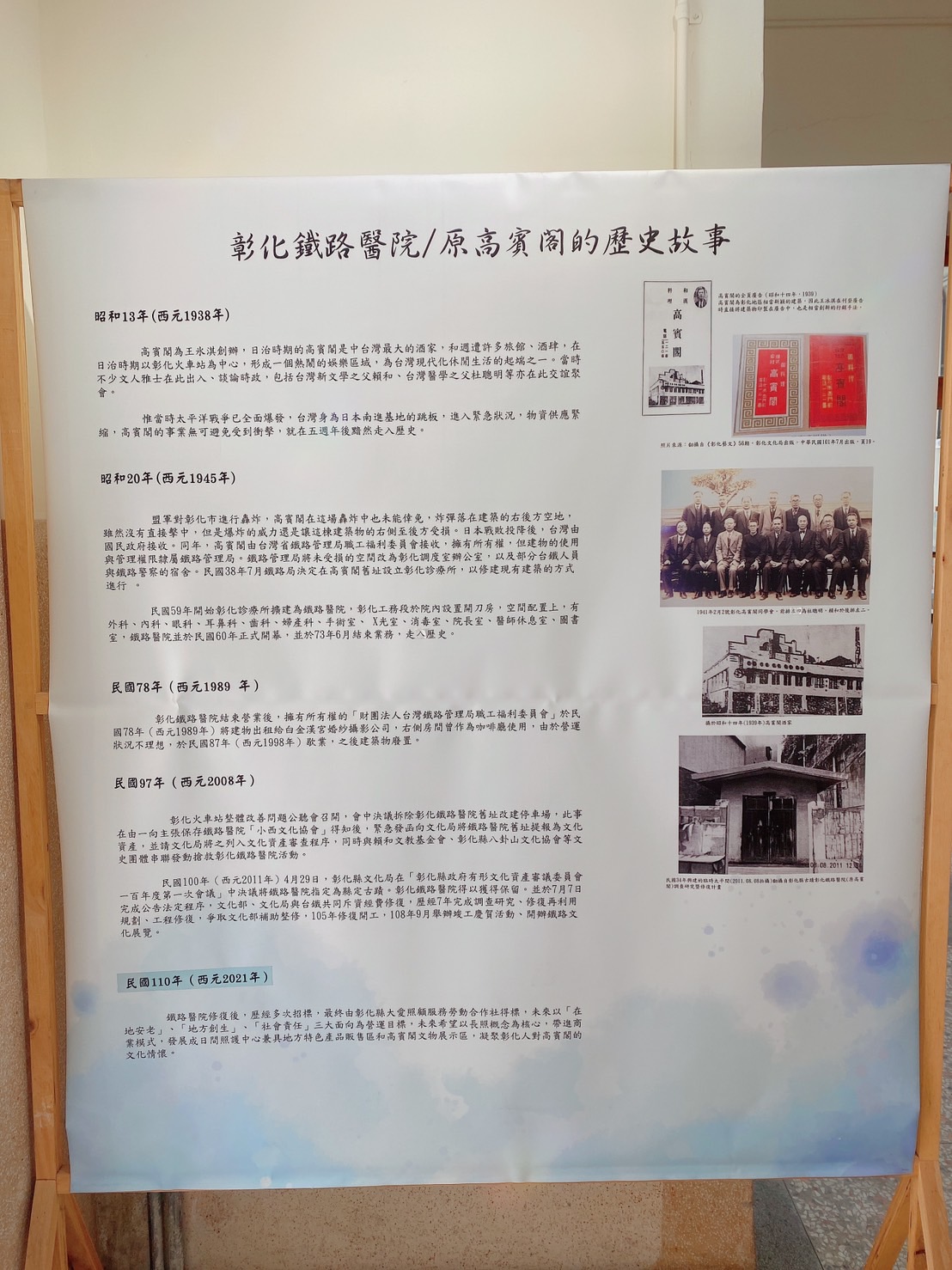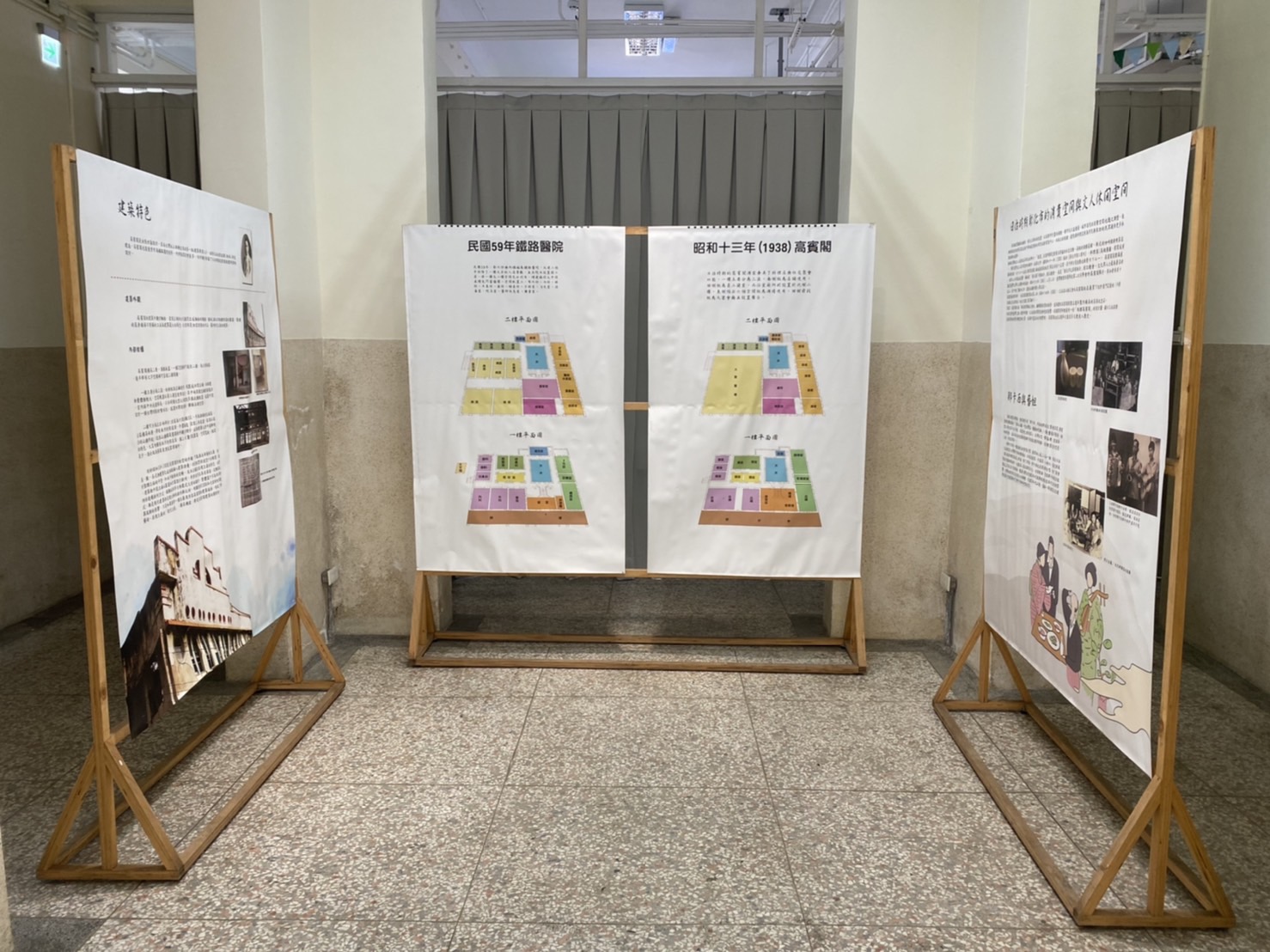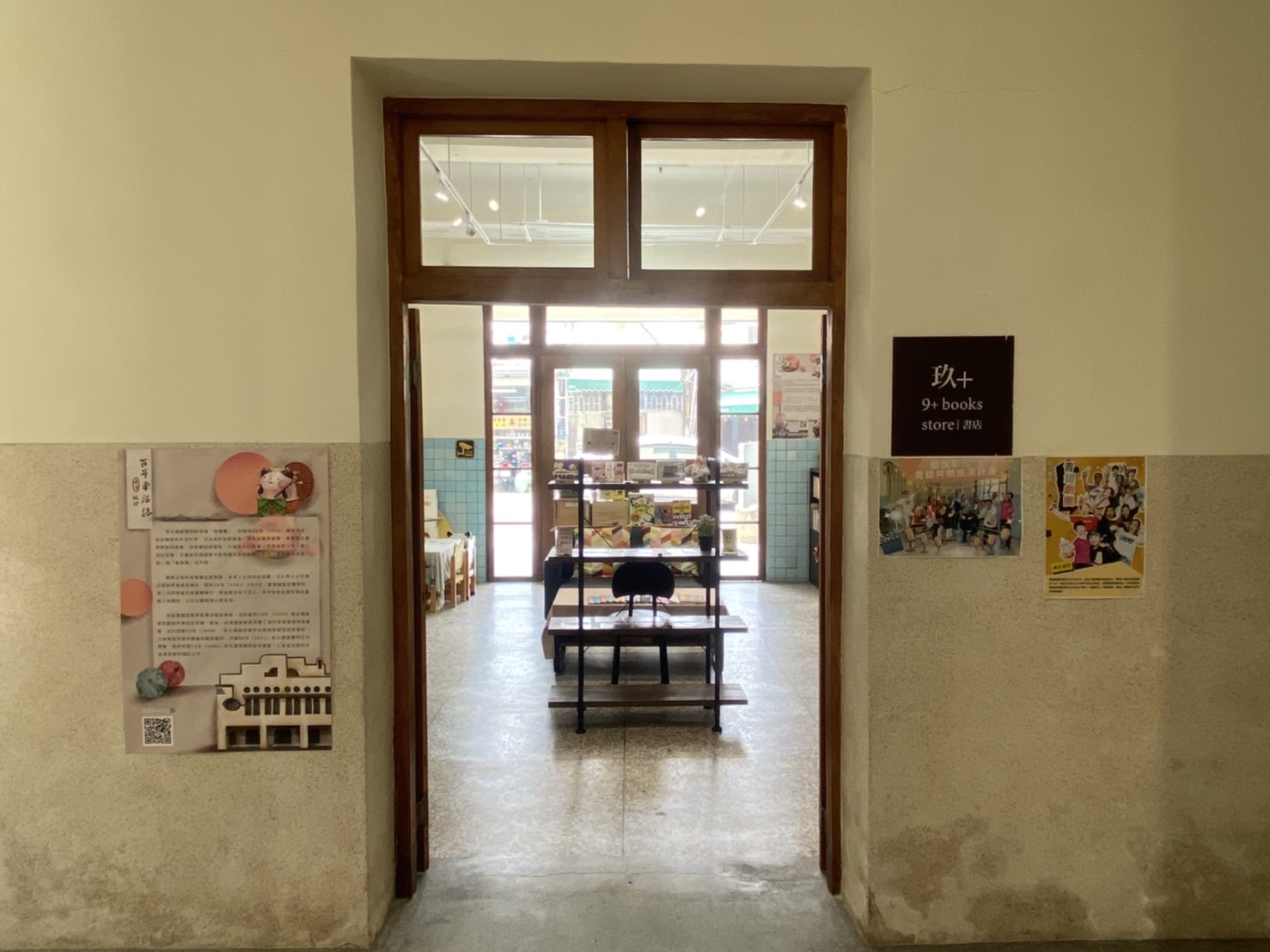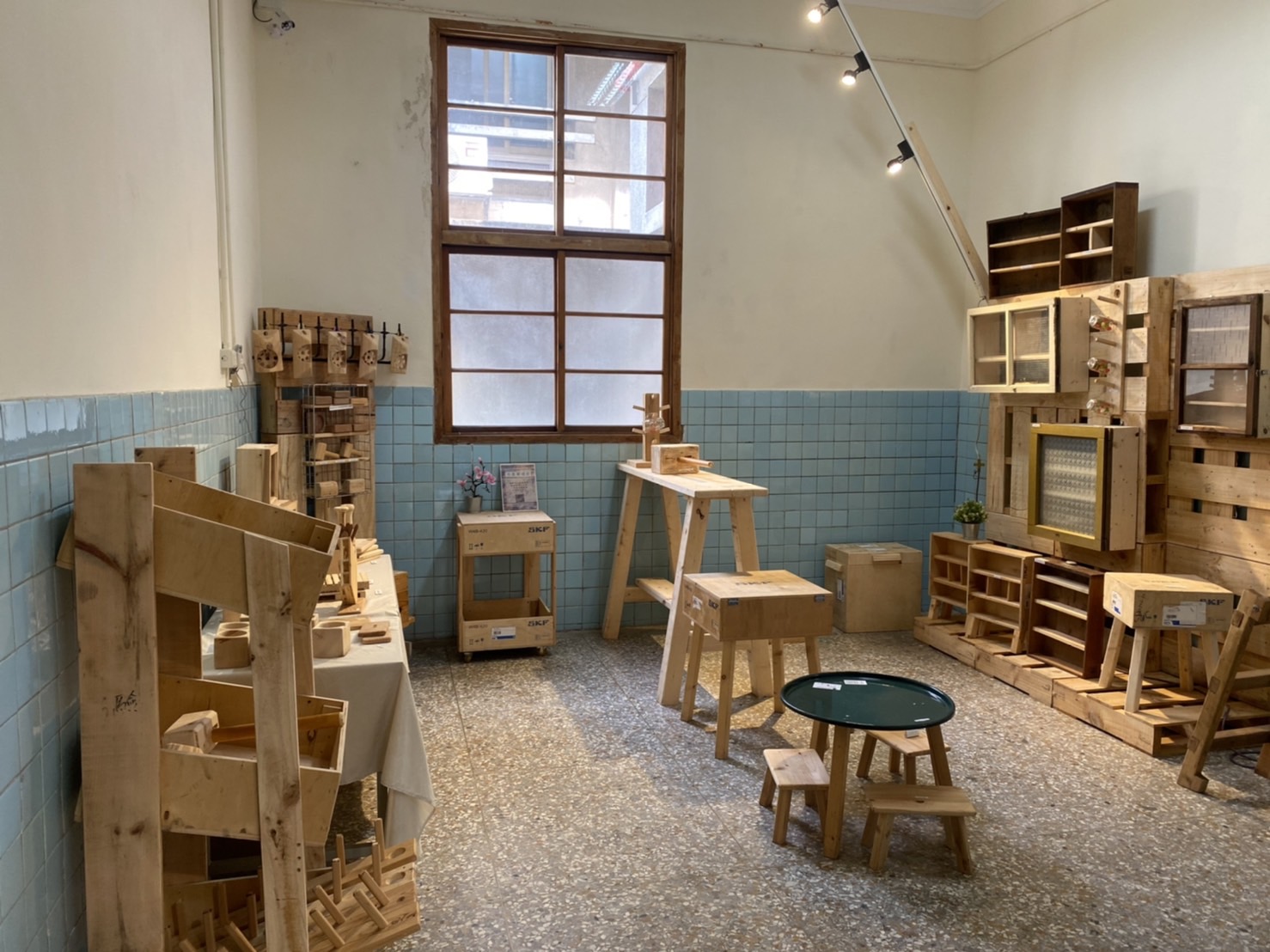The Changhua Railway Hospital, formerly known as the restaurant Kaobinge, is located on Chenleng Road, a food street in Changhua less than 300 meters away from Changhua Railway Station. There are Changhua's famous food selling nearby, such as ba wan, Mouse Noodles, and plain noodles, etc.. Different from the traditional symmetrical and balanced design, the exterior of this building resembles a ship. On its left side, the roof imitated the shape as the elevation of deck story and its wall mounted with portholes and long square windows just like the cabins of a ship. In terms of the architectural style in Japanese colonial period, its design is simple and avant-garde. It is one of Taiwan's representative buildings in modern architecture style. The Changhua County Government named it a county-level historic heritage site in 2011.
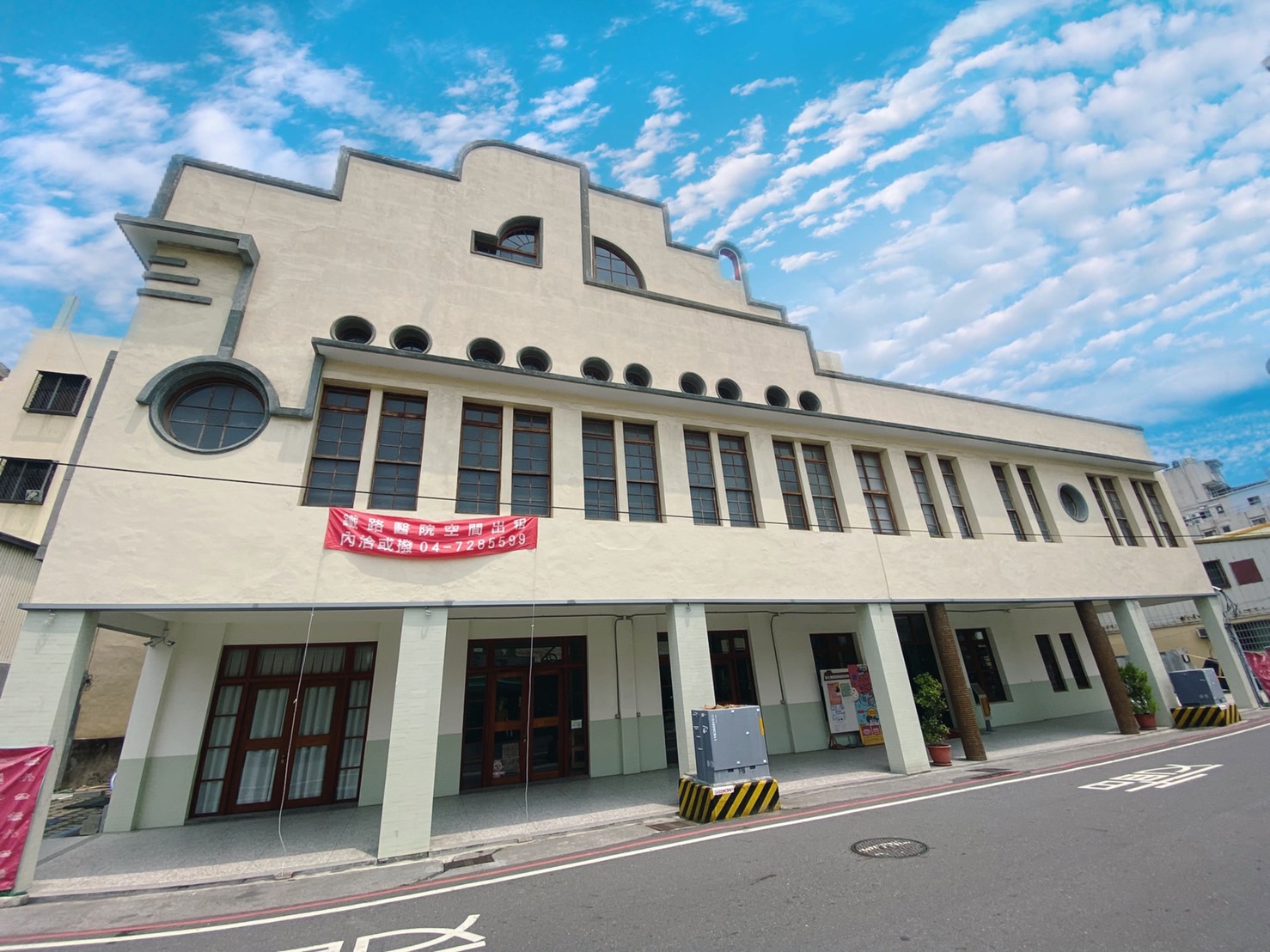
During Japanese colonial period, it was the largest restaurant in Central Taiwan, where the entertainment culture of singsong girls (Taiwanese geisha) and Nakasi flourished. With Changhua Railway Station as the center, together with the surrounding hotels and restaurants, it formed a bustling entertainment area, which was one of the beginnings of Taiwan's modern leisure life. At that time, many literati and intellectuals gathered here to socialize and discuss current affairs, including Lai He, the father of Taiwan's nativist literary movement, and Tu TsungMing, the father of Taiwan's medical science, and so on.
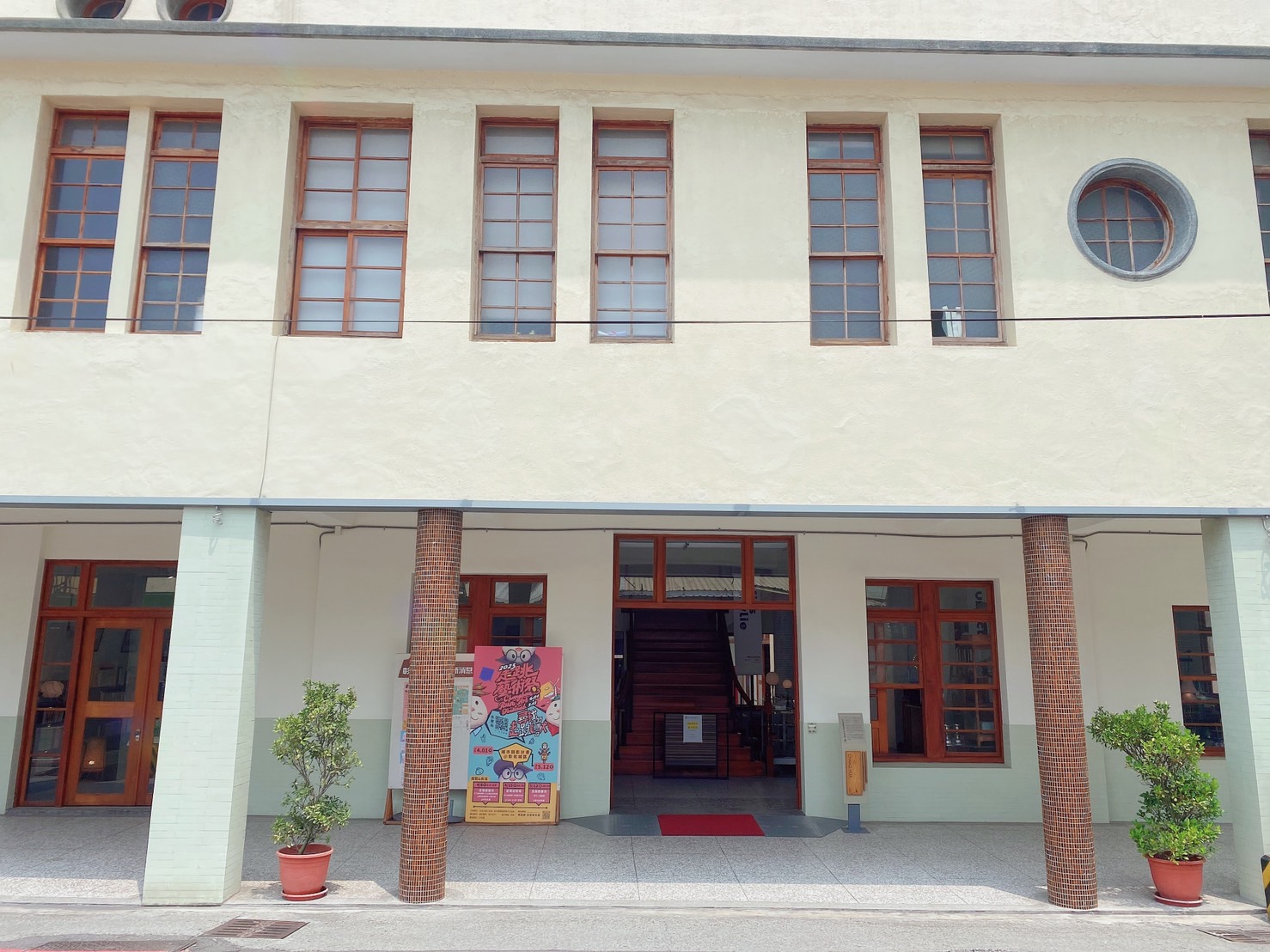
After World War II, this building was acquired by the Taiwan Railways Administration as a railway hospital. It is of great significance in the history of Taiwanese culture and railways, showing the colorful history of Changhua City in the past, and is a mark of Changhua people’s life.
The walls on the first floor were decorated with light blue square tiles, giving it a vintage feel. In the lobby, old furniture and antique accessories are displayed and sold, and the posters telling the story and architectural features of Changhua Railway Hospital are displayed for information.
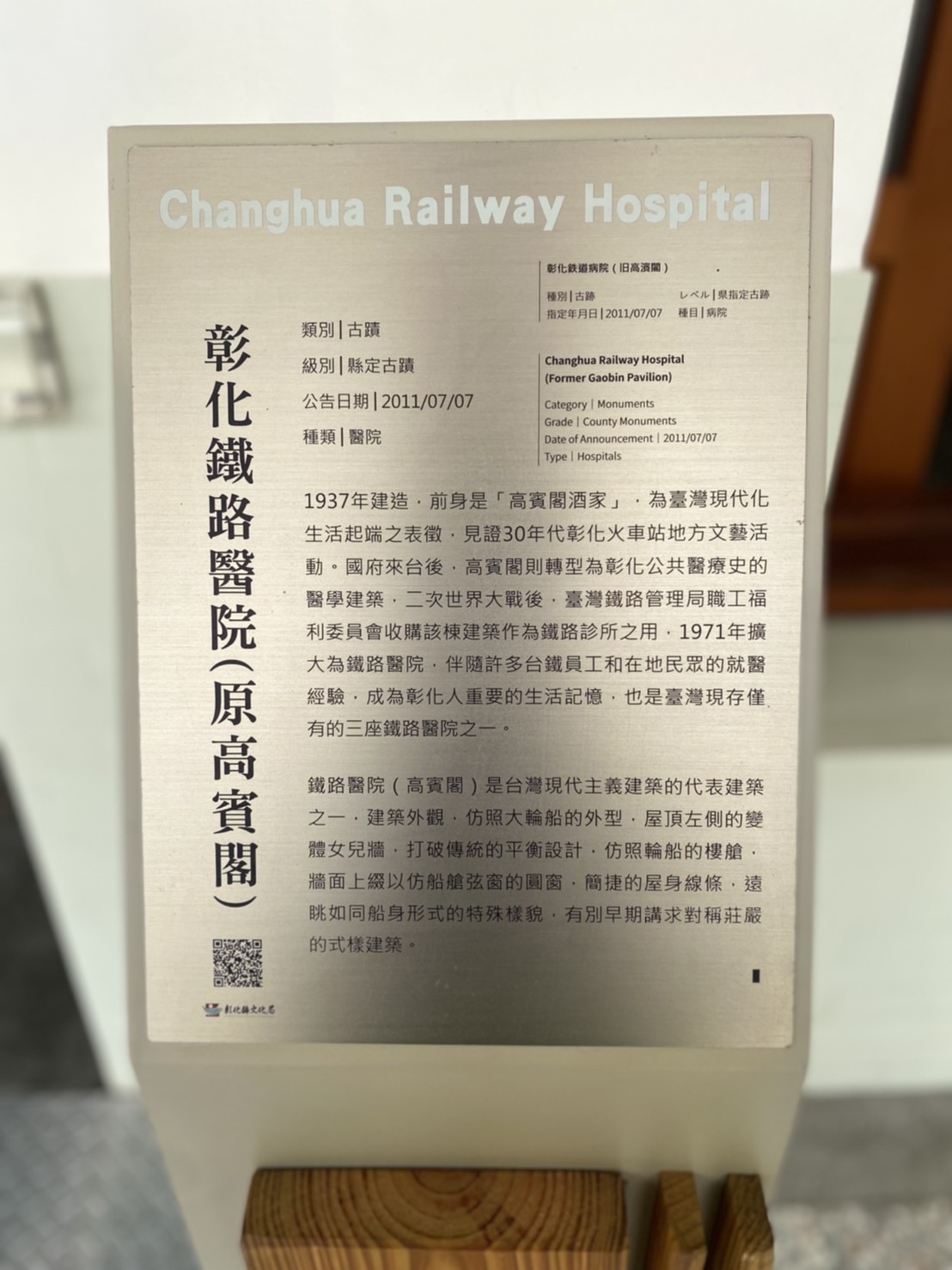
The first floor is now used as an exhibition space with peaceful layout, where independent second-hand bookstores, wooden pallet home spaces, clothing, accessories and other vendors are stationed to sale products. After tasting Changhua's delicacies, tourists are recommended to come here to take souvenir photos and take a stroll to experience the nostalgic culture of Changhua.
